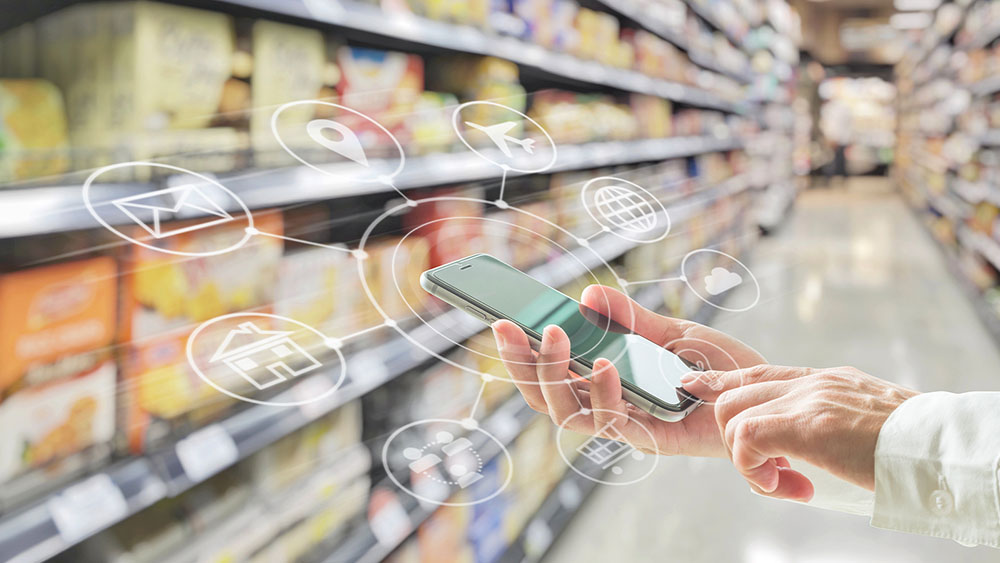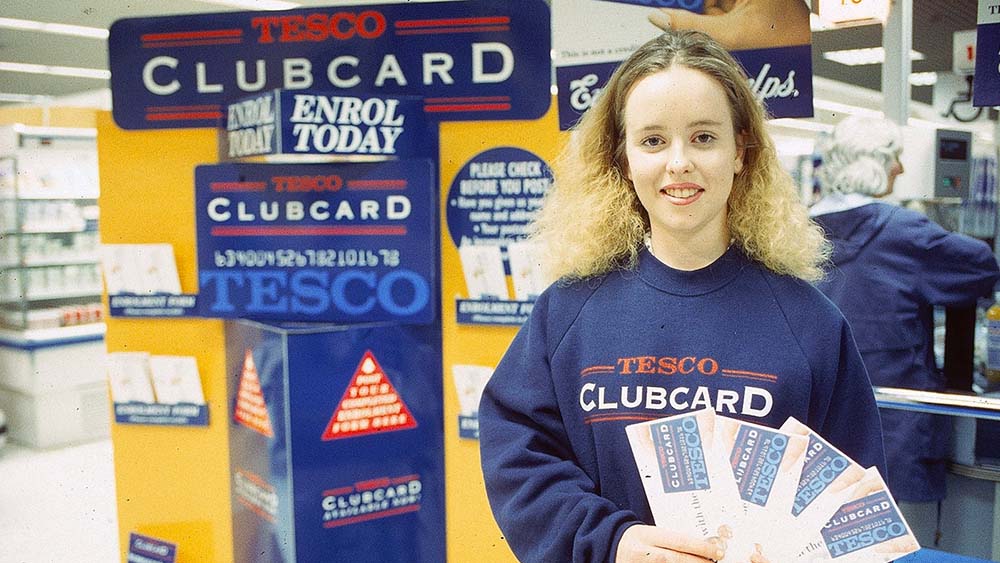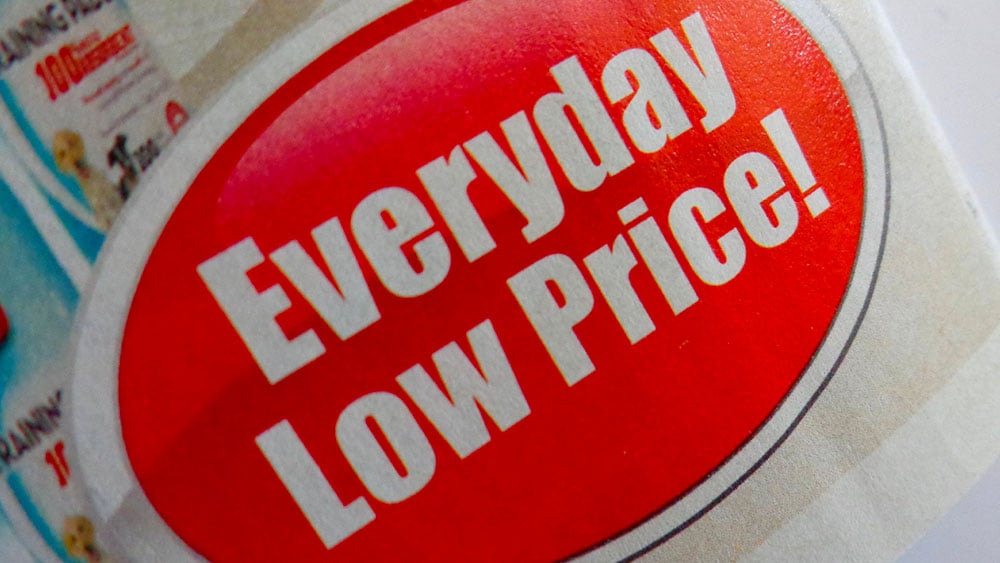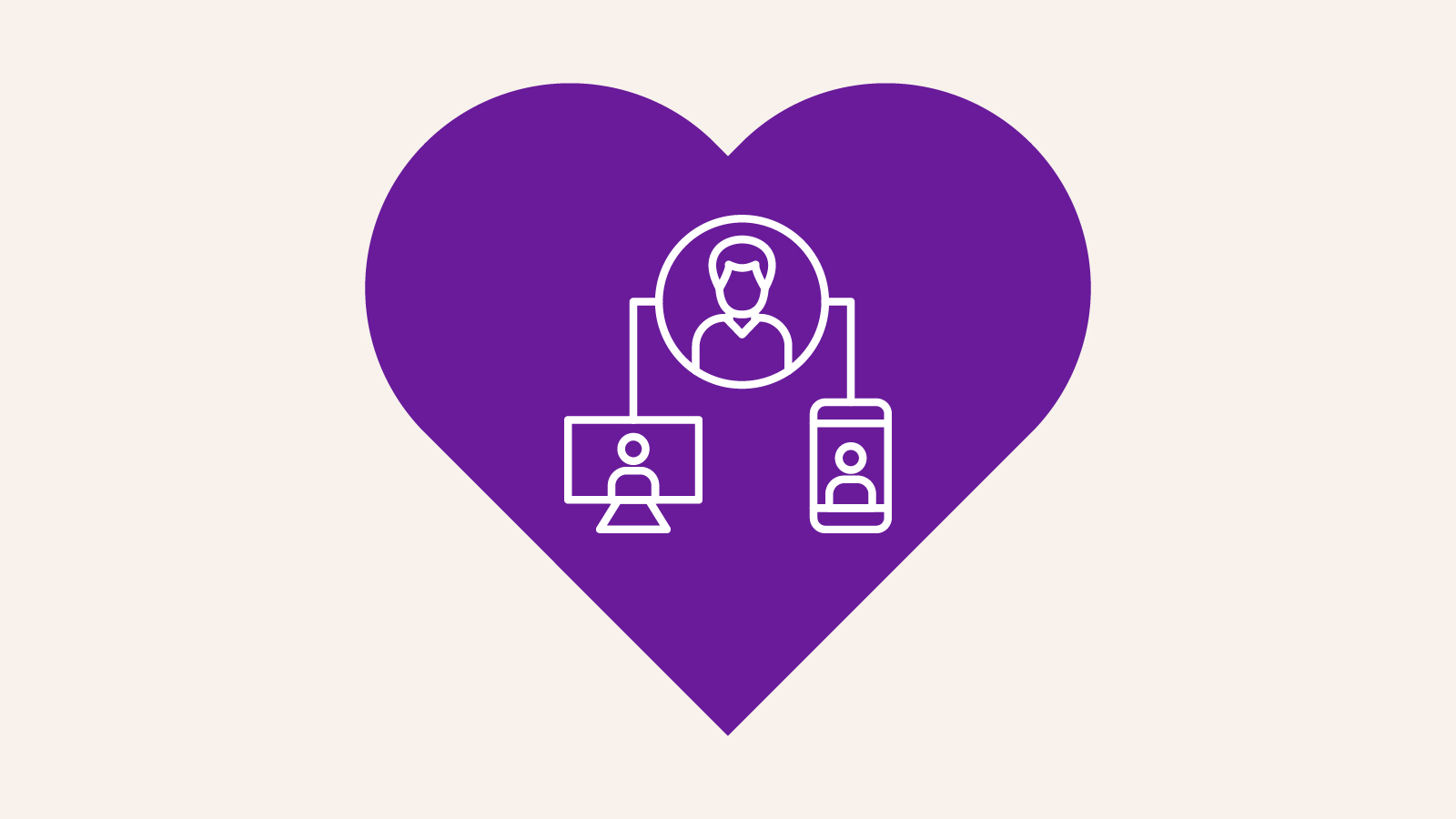3 Min. Lesezeit
Everyday Low Price Retail's Digital Challenge - Wie kann man mit einzelnen Kunden in Kontakt treten?
This blog explores the need for personalisation and the obstacles faced by EDLP retailers, as well as potential solutions.
Erhalten Sie die neuesten Erkenntnisse, Untersuchungen und Nachrichten direkt in Ihren Posteingang.
Außerdem können Sie die 2. Ausgabe von Omnichannel Retail von Tim Mason & Sarah Jarvis gewinnen!
Kein Spam. Das versprechen wir. 💜
AIR
Acquire. Interact. Retain.
Bringen Sie Leben in Ihre Kundenbeziehungen
Wie der britische Lebensmitteleinzelhändler ASDA die führende Loyalty Plattform AIR und die Expertise von Eagle Eye nutzte, um in nur 3 Monaten das Loyalty-Programm "ASDA Rewards" einzuführen.

A few years ago, personalization emerged as a buzzword for marketers everywhere, and in 2015, 94% agreed it was a crucial factor in the success of their businesses.
Years on, has personalization lived up to the hype?
To some, personalization is simply adding a first name to an email subject line. But in its raw form, the Data & Marketing Association defines personalization as ‘an experience for the user, dictated by the user’ and ‘knowing who a person is and what they want from you’.
To achieve true personalization, marketers must have an informed view of who their customers are by understanding what and when they purchase and how they interact with the business. They need to store and analyze this customer data to communicate the right messages at the right time to customers as individuals.
Ultimately, personalization should be used to demonstrate that the data customers share with a business is used to make their lives better and easier. This should, in turn, drive customer advocacy and support the business’s efforts to increase spend and visits and engender long-term loyalty.
When Time magazine named ‘You’ as their Person of the Year in 2006, it recognized the rise of user-generated content, enabled by the growing popularity of social networks and blogging platforms. The shift to omnichannel marketing was also beginning, and many large businesses had started to collect and analyze their own transactional and customer data.
Yet the move towards personalization can be traced back even earlier: when Tesco launched Clubcard as the world’s first mass grocery loyalty scheme in 1995, it gave rise to retailers collecting and tracking individual customer purchases. The retailer wanted to recognize customers and thank them for their custom while capturing valuable data to understand their preferences better. By segmenting customers based on their purchase history and preferences and not assumptions made about them, Tesco revolutionized the role customers had to play in how they were marketed.

1995 Tesco Clubcard is launched. Credit: Tesco PLC
Since the dotcom boom and the rise of pureplay e-commerce businesses, it has become much easier for businesses to track customers through their purchases, using that data to drive insight that can improve their offering. As more businesses are seeing the shift toward omnichannel retailing in line with increasingly rapid e-commerce growth, data science specialists have started the move from segmented to personalized marketing, and the next stage is using artificial intelligence (AI) and machine learning (ML) to automate and further tailor communications, offers and content.
As more businesses, especially in the era of COVID-19, adopt more omnichannel strategies, they must ask themselves how they join the in-store customer experience with their digital, e-commerce one.
Omnichannel personalization is the ability to know and communicate with every customer across any combination of channels they choose. Even in 2020, this is a significant challenge for many businesses that have to contend with antiquated back-end systems and a fragmented technical infrastructure, which means providing customers with a consistent and relevant experience across every channel and touchpoint can be incredibly difficult.
Basic personalization is no longer enough – research from Econsultancy shows only 8% of customers are likely to engage with a brand that identifies them by first name, and only 7% are likely to engage with a birthday-themed email, whereas 50% are likely to engage if they are sent a relevant and timely offer. Further, Smarter HQ found that 72% of consumers will only engage with a brand if there’s personalized messaging. Where businesses often falter is the in-store experience – digitally, they are able to send coupons, offers, and tailored content, but they cannot translate this in-store.
To successfully personalize omnichannel customer marketing, businesses need to track individuals’ relevant interactions across every area of the business to gain a clear and insightful single-customer view. A well-planned and thought-out marketing strategy can be actioned consistently across any channel, whether online, in-store, or via an app or social media, based on what customers want. It can take the in-store data (e.g. transaction history) and use it to personalize the online experience with recommendations. Conversely, using the online data to offer in-store incentives could see a business invite its customers to in-store events that are relevant to their interests and purchase history, for example.
This omnichannel isn’t just limited to retail, food and beverage (F&B) brands can use information from their takeaway or click & collect proposition to invite customers to dine in during ‘VIP nights’ or try new menu tastings at their restaurant, so joining up both their at-home and in-restaurant offering.
Those marketers who succeed with omnichannel personalization can provide customers with a relevant omnichannel experience based on a holistic understanding of their wants and needs.
But why is personalization still so important as a marketing goal? In short, those that personalize see far better engagement and brand loyalty, leading to significant increases in revenue. A study conducted by financial services provider Experian illustrated that personalized emails generate six times higher transaction rates and Smarter Insights reports that 63% of consumers will stop buying from brands that use poor personalization tactics. It starts the process of building and nurturing a relationship with a customer to make them feel special and appreciated for their custom.
Eagle Eye’s research found that 83% of consumers were influenced to choose a retailer or brand that recognizes and rewards them for their continued custom.
Further, research from Econsultancy found that 93% of companies are seeing an uplift in conversion rates due to website personalization, and 84% of customers reported sometimes or always taking action based on personal recommendations.
While personalization can seem overwhelming, marketers shouldn’t be disheartened. Achieving true omnichannel personalization is a long game. Evergage's recent survey highlights how only 32% of marketers believe they are currently getting personalization right, despite Harvard Business Review finding personalization led to a 50% reduction in customer acquisition costs.
Customers are no longer satisfied by mass email marketing campaigns, and businesses must leverage data to personalize their marketing, especially in the face of increased competition.
Watch out for my next blog to read about some of my favorite examples of personalization and learn what tools every business needs to personalize more profitable customer experiences.
To find out more about how Eagle Eye can help you personalize your marketing strategy and execution to foster more relevant and profitable customer engagement, please get in touch with us.

Mit mehr als 15 Jahren Erfahrung als Retail Marketing Leader in der Kundenbindungsbranche hat sie mit einigen der weltweit größten Einzelhändler und FMCG-Marken zusammengearbeitet, um ihnen zu helfen, profitables Wachstum zu erzielen, indem sie den Kunden in ihren Entscheidungsprozessen in den Vordergrund stellen. Ihr Fachwissen umfasst die Gestaltung von Kundenbindungsprogrammen, CRM, Personalisierung, Datenanalyse und Vermarktung sowie die technische Umsetzung von Initiativen, die Einzelhändler und Marken näher an ihre Kunden bringen.
Get the latest insights, research, and news delivered straight to your inbox.
Plus, enter to win the 2nd edition of Omnichannel Retail by Tim Mason & Sarah Jarvis!
No spam. We promise. 💜

3 Min. Lesezeit
This blog explores the need for personalisation and the obstacles faced by EDLP retailers, as well as potential solutions.

6 Min. Lesezeit
Eagle Eye ist mit kundenorientierter Innovation und feedbackgesteuerter Entwicklung erfolgreich. Gestalten Sie mit uns die Zukunft von Loyalty und ...

3 Min. Lesezeit
Enhance customer loyalty with CDPs by creating personalized. Learn how these tools work together for impactful customer engagement.